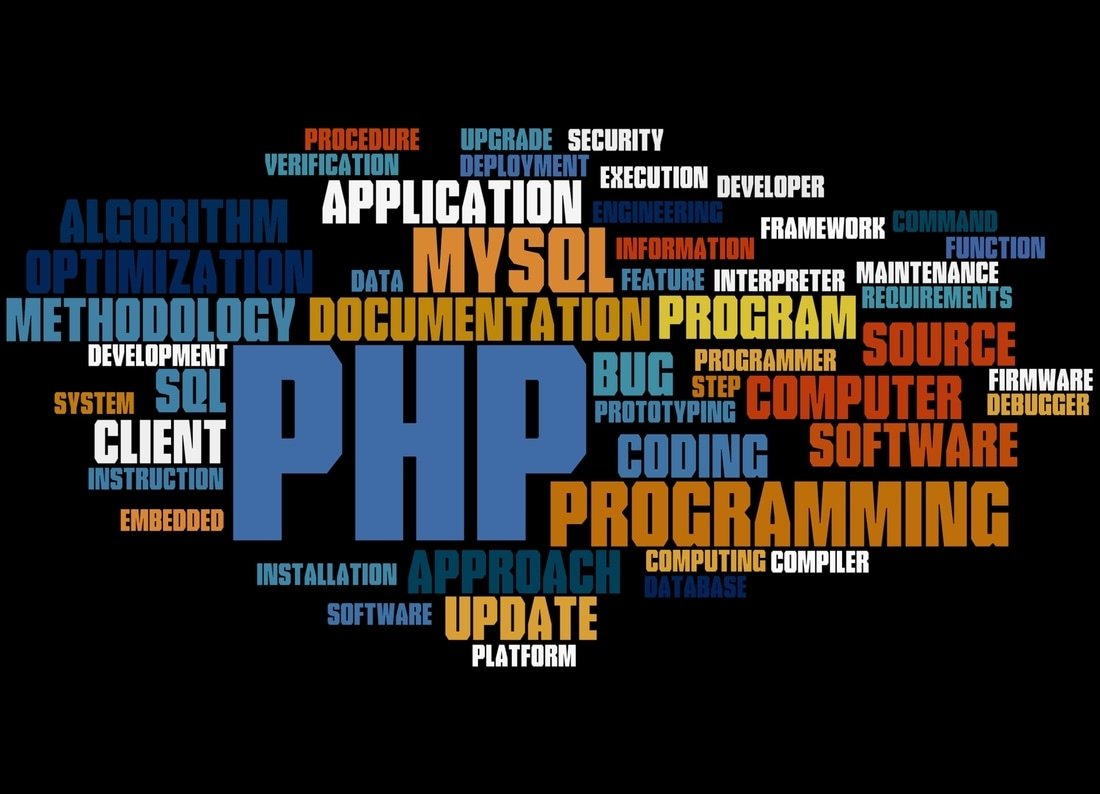This topic is particularly intriguing because the landscape of programming languages is constantly evolving to meet the ever-changing demands of technology and industry trends. So, without further ado, let’s explore some of the most influential languages that are leaving a significant impact on the tech industry in 2024:
-
- Python:
Python continues to maintain its dominance in 2024, especially in fields such as data science, machine learning, and artificial intelligence. Its simplicity, versatility, and extensive libraries make it the go-to language for rapid development and prototyping. Python’s ability to handle complex mathematical computations and its seamless integration with popular frameworks like TensorFlow and Py Torch have solidified its position as a powerhouse in the world of data-driven technologies.
- Python:
-
- JavaScript:
With the continued growth of web and mobile applications, JavaScript remains an indispensable language in 2024. Frameworks like React, Angular, and Vue.js are still highly popular for front-end development, while Node.js continues to hold its ground in server-side programming. JavaScript’s versatility and ability to create interactive user interfaces have made it an essential tool for developers across the globe.
- JavaScript:
-
- Rust:
Rust has gained significant traction in recent years, particularly in systems programming and the development of high-performance, secure applications. Its unique features, such as memory safety without sacrificing speed, have made it increasingly popular among developers who prioritize both efficiency and security. Rust’s ability to prevent common programming errors and its focus on memory management have positioned it as a language of choice for projects that require robustness and reliability.
- Rust:
-
- Go (Golang):
Go, also known as Golang, has garnered a loyal following due to its simplicity and efficiency in handling concurrent operations. This makes it a favorite language for cloud computing, microservices, and DevOps. Go is widely used in container technologies like Docker and Kubernetes, as well as in the development of distributed systems. Its ability to handle high levels of concurrency and its straightforward syntax have made it a top choice for developers working on scalable and efficient applications.
- Go (Golang):
-
- Kotlin:
Kotlin has solidified its position as the preferred language for Android development. Its seamless interoperability with Java and concise syntax have attracted developers looking for a modern alternative to Java. Kotlin’s ability to reduce boilerplate code and its enhanced null safety features have made it a favorite among Android developers worldwide.
- Kotlin:
-
- TypeScript:
TypeScript, a superset of JavaScript, has gained popularity for large-scale JavaScript projects. Its static typing allows developers to catch errors early in the development process, making it a valuable tool for building robust and maintainable applications. TypeScript is widely adopted in enterprise environments where the need for scalable and reliable software is paramount.
- TypeScript:
-
- Swift:
For iOS and macOS development, Swift remains the language of choice. Its performance improvements and user-friendly syntax have kept it at the forefront of Apple’s ecosystem. Swift’s ability to seamlessly integrate with existing Objective-C code and its emphasis on safety and speed have made it a favorite among developers creating applications for Apple devices.
- Swift:
-
- Julia:
Julia has gained ground in the fields of scientific computing and numerical analysis. Its high performance and ease of use have made it a strong competitor to Python in certain specialized domains. Julia’s ability to combine the best features of dynamic and static languages, along with its extensive mathematical libraries, have made it an attractive option for researchers and scientists working on computationally intensive projects.
- Julia:
-
- Dart:
With the rising popularity of Flutter for cross-platform mobile development, Dart has seen increased adoption. Dart’s ability to compile to native code for multiple platforms, including iOS and Android, makes it an attractive choice for developers looking to build mobile apps with a single codebase. Dart’s simplicity and performance optimizations have made it a favorite among developers seeking to create visually appealing and responsive applications.
- Dart:
-
- R:
While Python has taken much of the spotlight in the field of data science, R still holds a significant place, especially in statistical computing and graphics. R’s specialized packages for data analysis, visualization, and statistical modeling have kept it relevant in 2024. Its extensive library ecosystem and its ability to handle complex statistical operations make it a valuable tool for researchers and data scientists.
- R:
It’s important to note that the relevance of these languages can vary depending on specific industry sectors, geographical regions, and emerging technologies. Additionally, many developers are adopting a polyglot approach, using multiple languages to leverage the strengths of each for different aspects of their projects.

